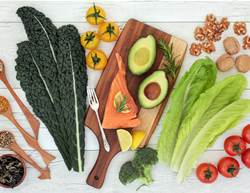Looking to mix up your diet with healthy foods that also rev up your metabolism? We've got the nutritional heroes you should add to your grocery list! And there are so many protein-rich options to choose, from, too – especially important for women to maintain muscle mass as they get older.
Think of your metabolism as “an intricate tapestry,” says nutrition scientist Mary Weiler. Interweaving factors affect it – many of which you can’t control, including genetics, stress, and gender – but one that you can control is diet. At its core, metabolism is the chemical process that converts food and drink into energy or, more simply put, burns kilojoules, explains Weiler. It also aids in building and repairing tissues and eliminating waste, adds nutrition consultant Dan LeMoine, author of Fear No Food. And certain nutrients – including protein, fibre, iron, and more – work differently to kick it into high gear, Weiler says.
The energy required to digest protein is more than that needed to process other nutrients, namely carbohydrates and fat. As such, Weir explains, prioritising lean proteins at every meal may aid in burning more overall kilojoules, therefore increasing metabolism. Generally, aim for about 60 to 70g of protein at every meal. Additionally, the type of soluble fibre known as prebiotics feeds the “good” bacteria in your gut by passing through your digestive tract without breaking down. “The beneficial bacteria in your gut can then feast on the soluble fibre and turn it into useable energy,” Weir explains, which may boost metabolism. In that same vein, fermented, probiotic-rich foods also provide the gut with aforementioned “good bacteria,” and may be additionally helpful in keeping all systems running optimally, she continues.
Finally, Weir says iron is crucial to maintaining a steady calorie burn. “It acts as a catalyst for enzyme reactions, which help the body break down larger, complex molecules for fuel,” she says. “When we're mildly deficient in iron, one of the first side effects is sluggishness or lethargy, and our metabolism slows.”
Now that you understand how your metabolism works, take the next step by adding these metabolism-boosting foods to your diet. Just remember: “You won’t be able to change your metabolism overnight,” Weir says. “But you can improve it with a well-balanced diet, physical activity and proper sleep.”



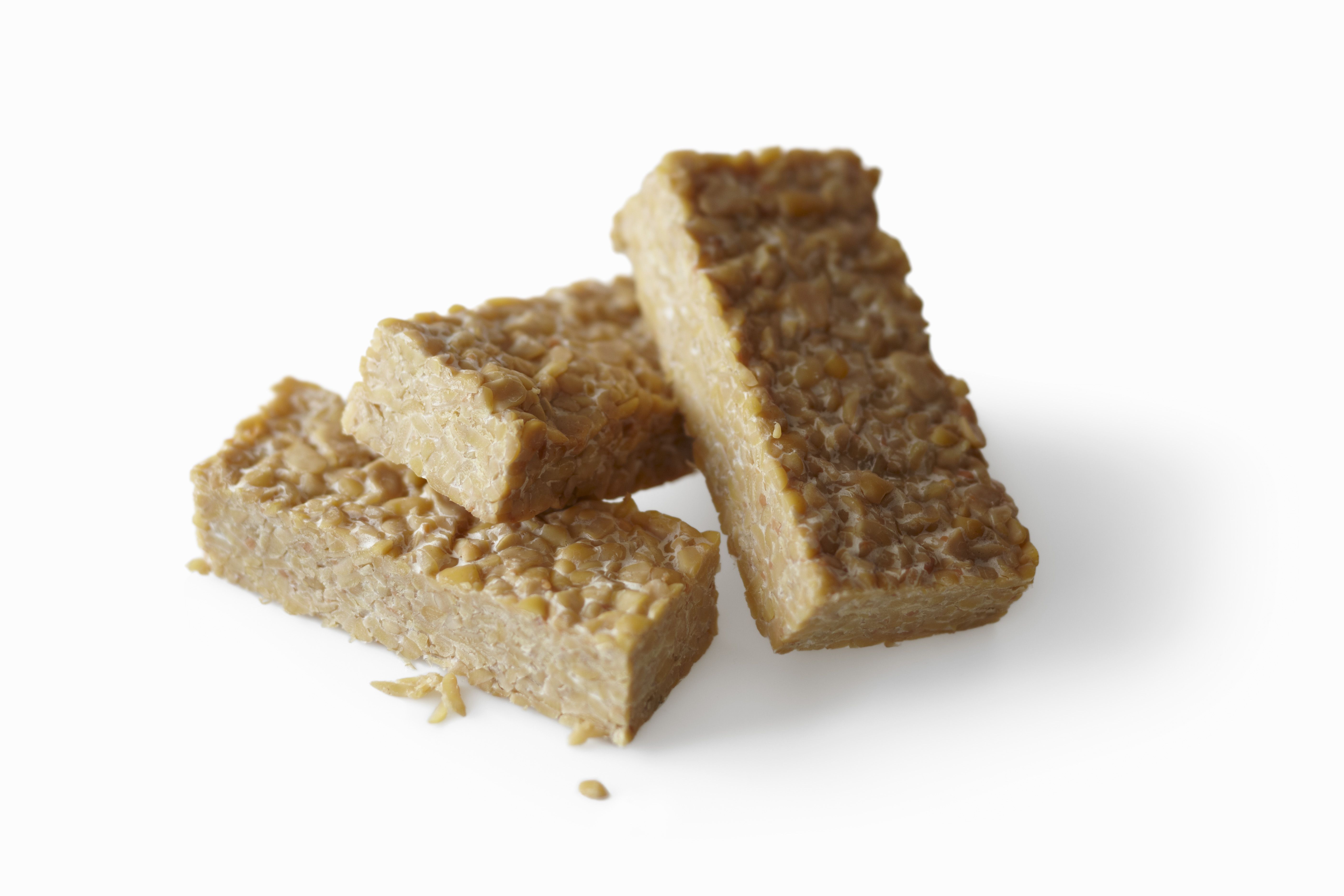

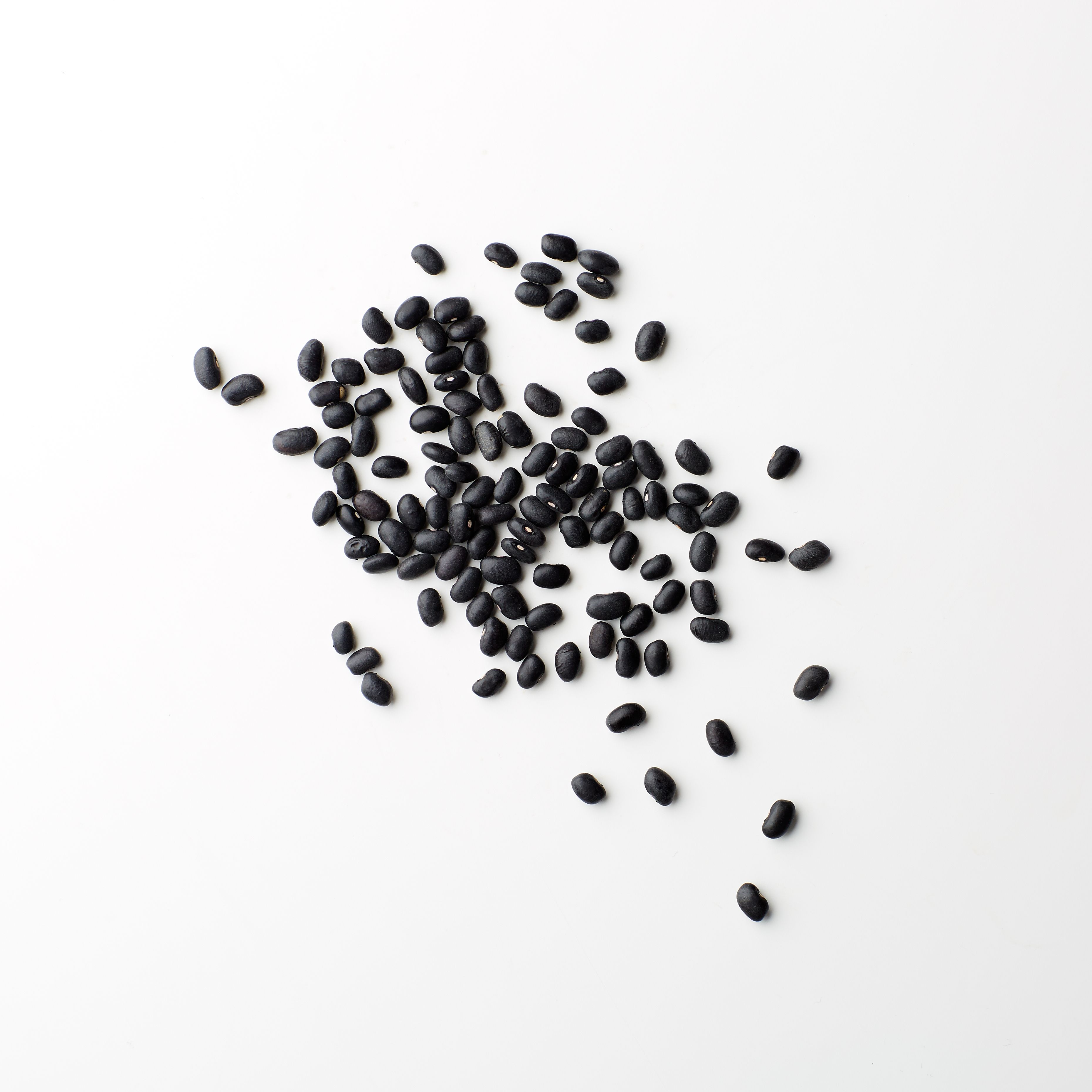


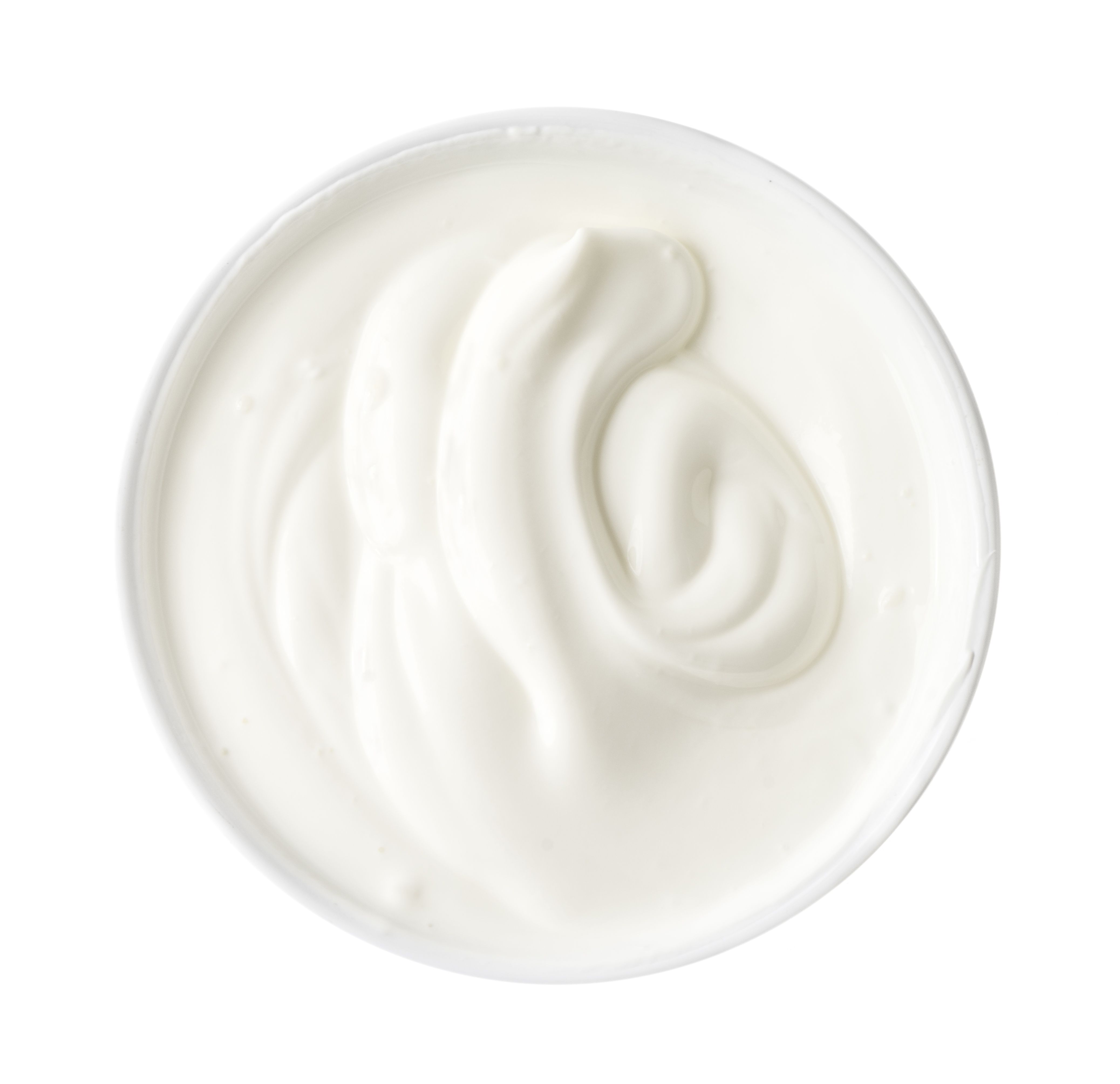
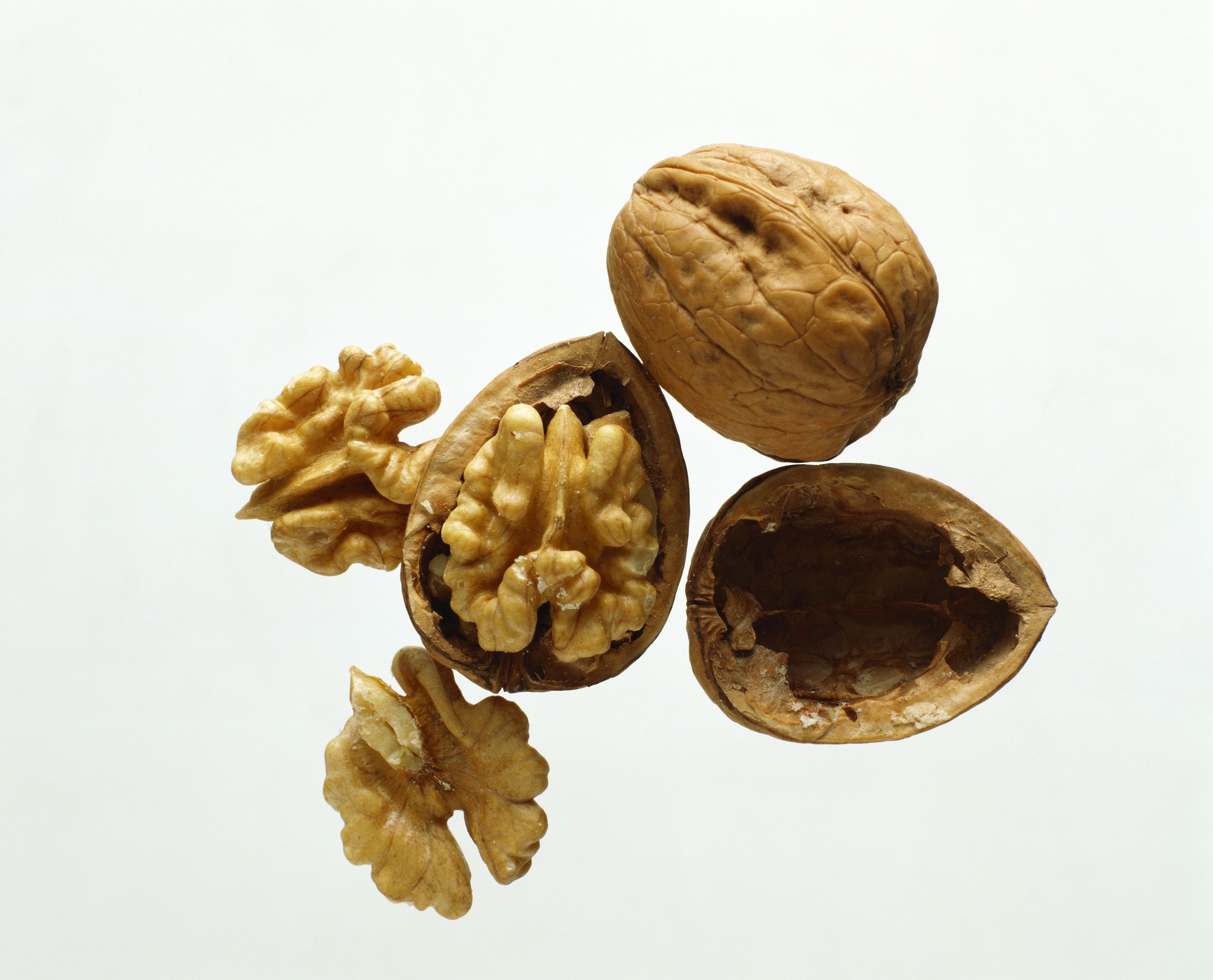
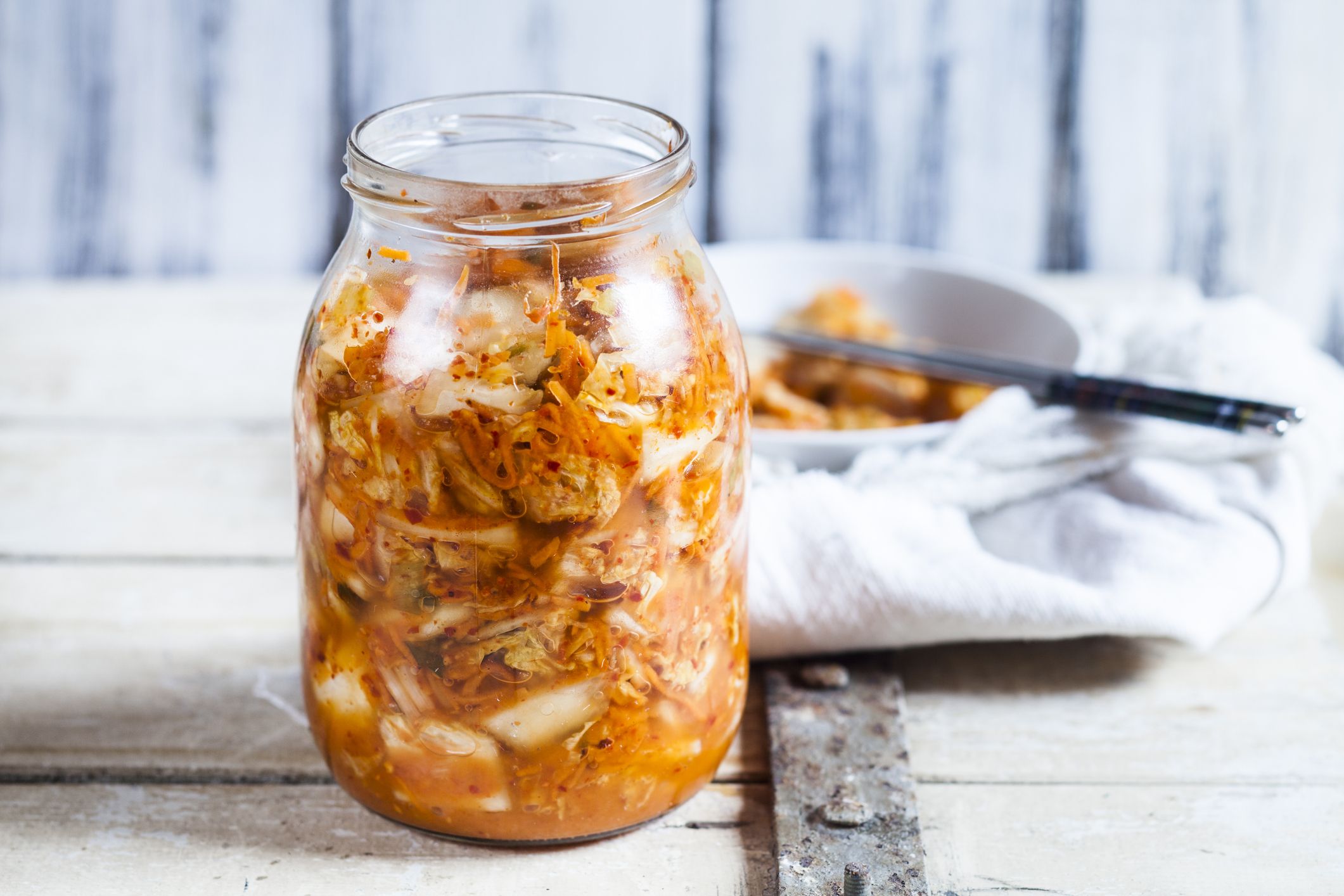


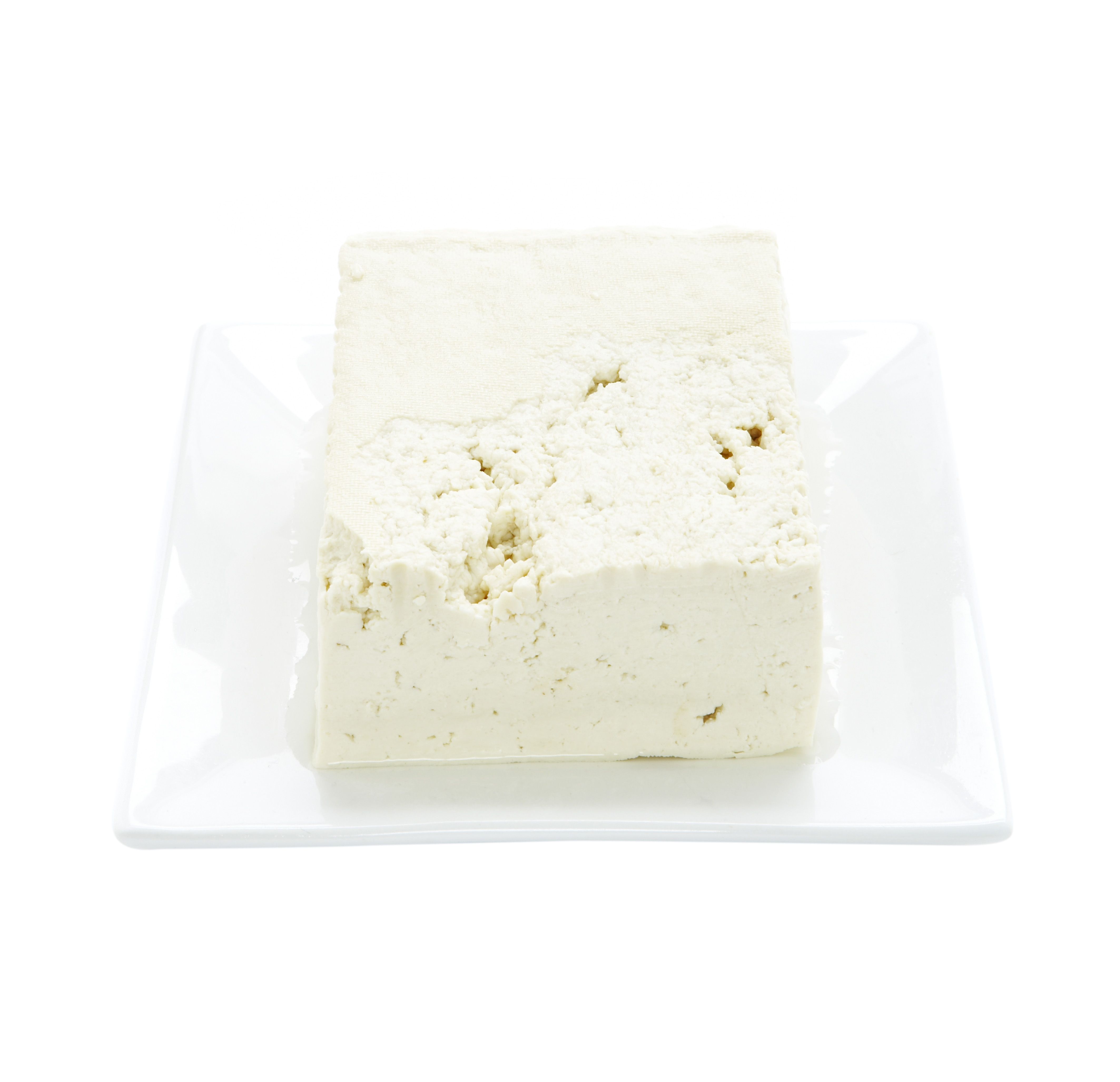
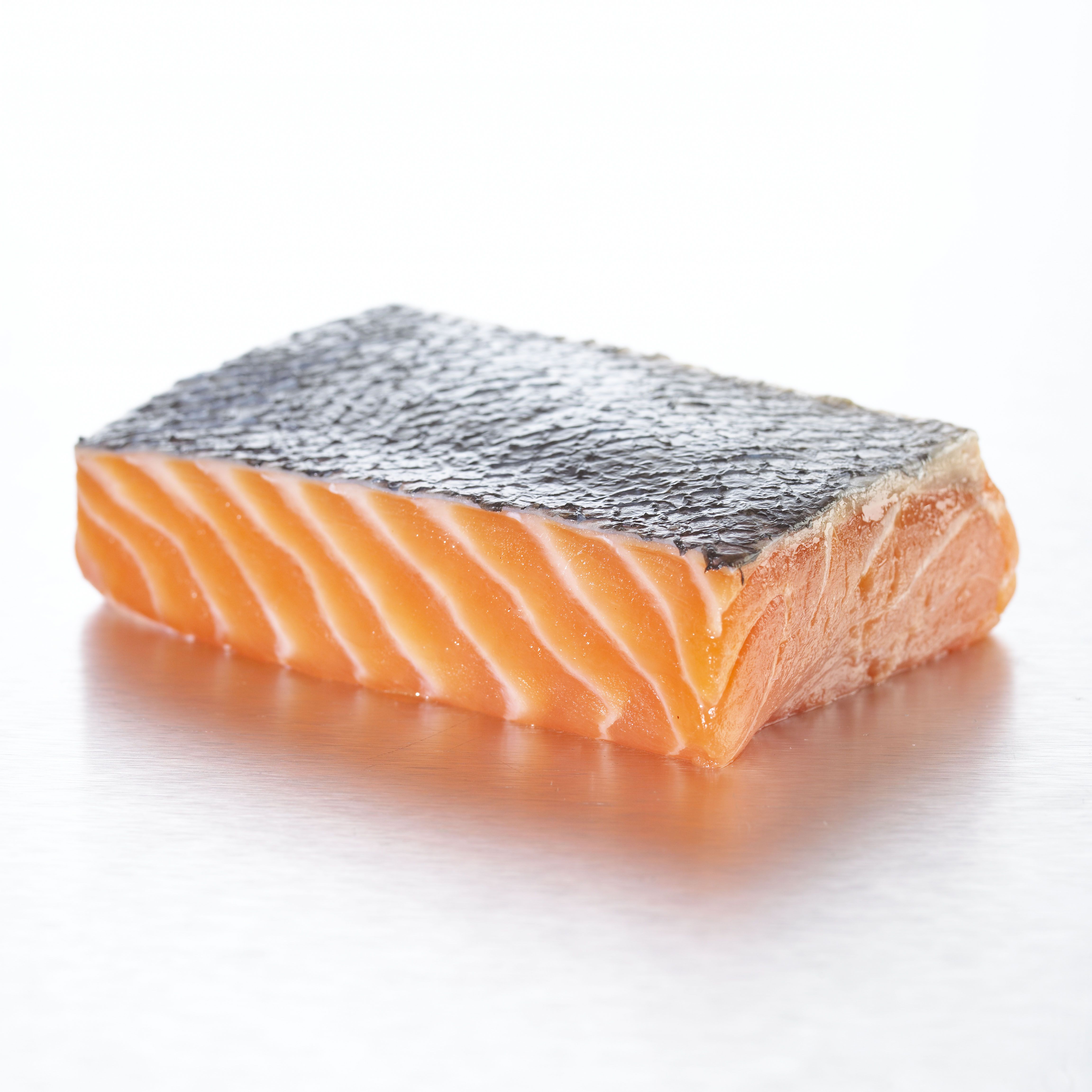
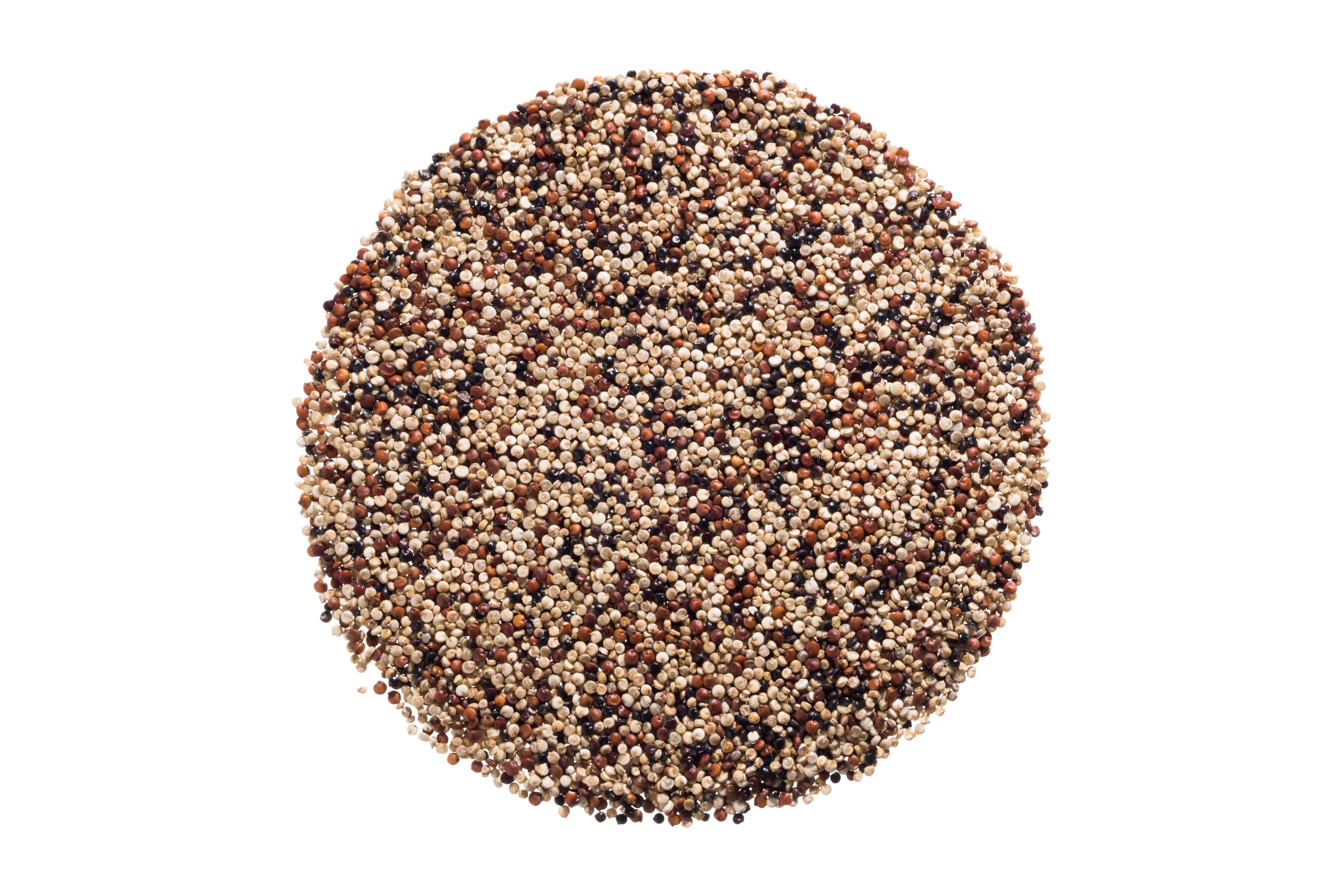
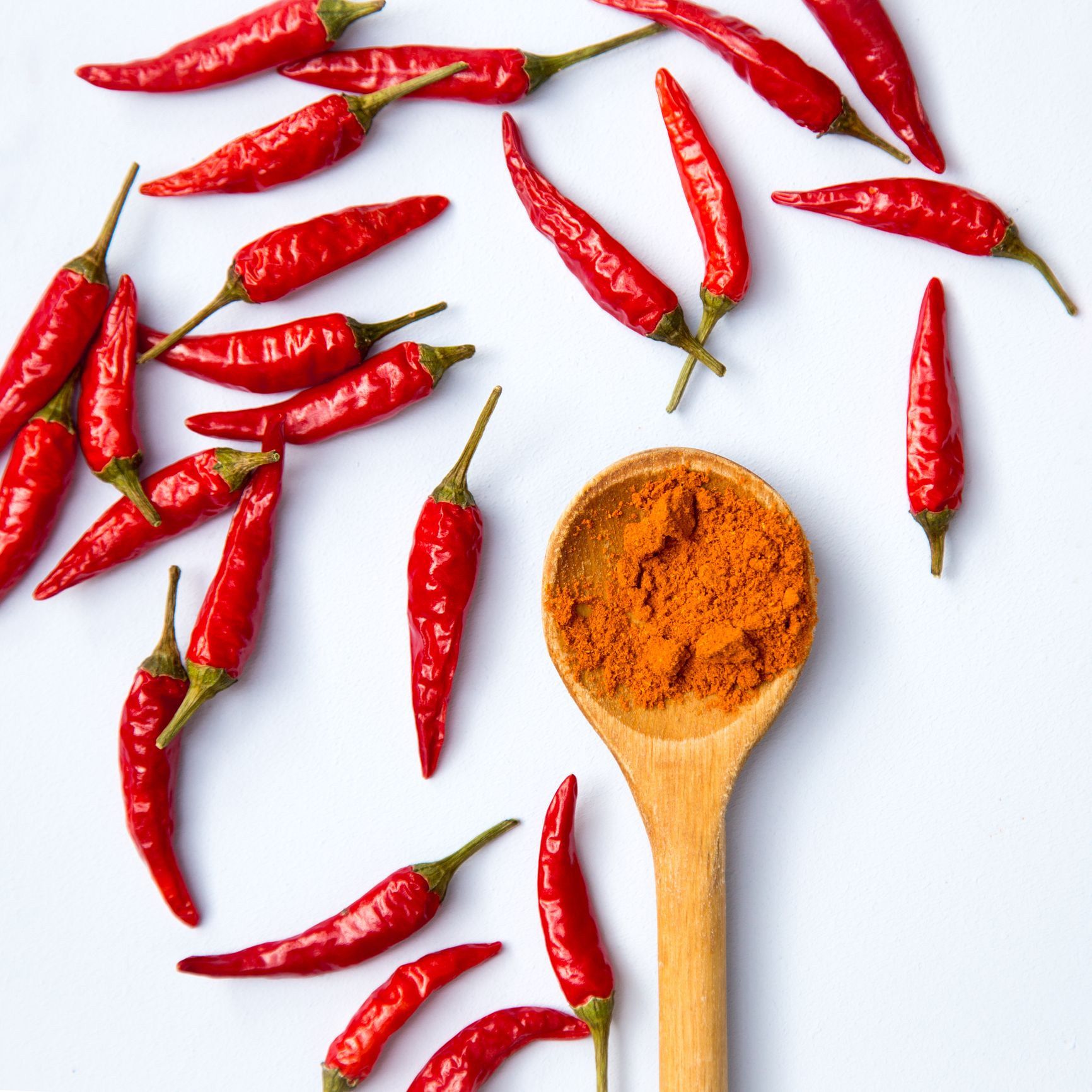
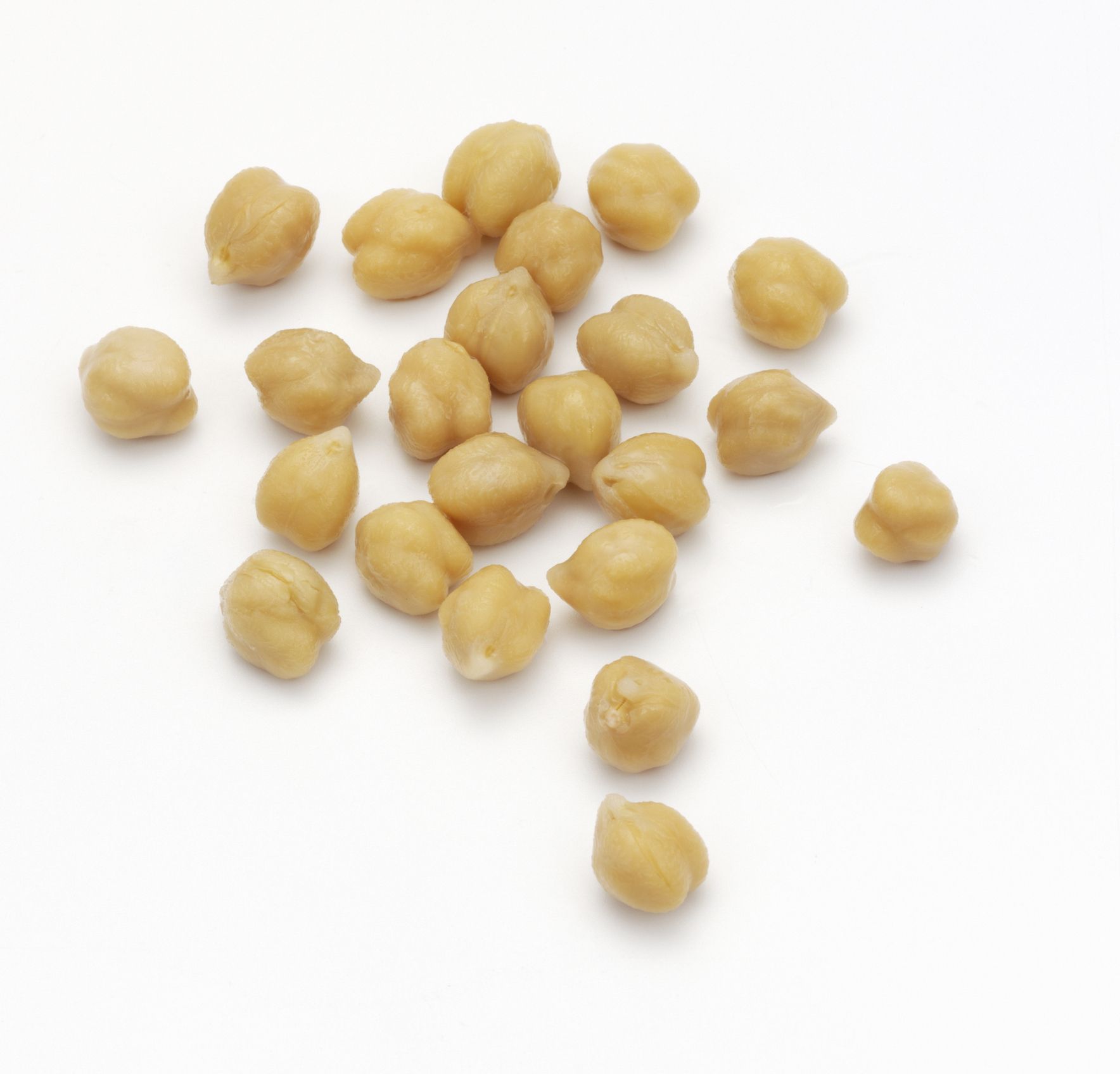



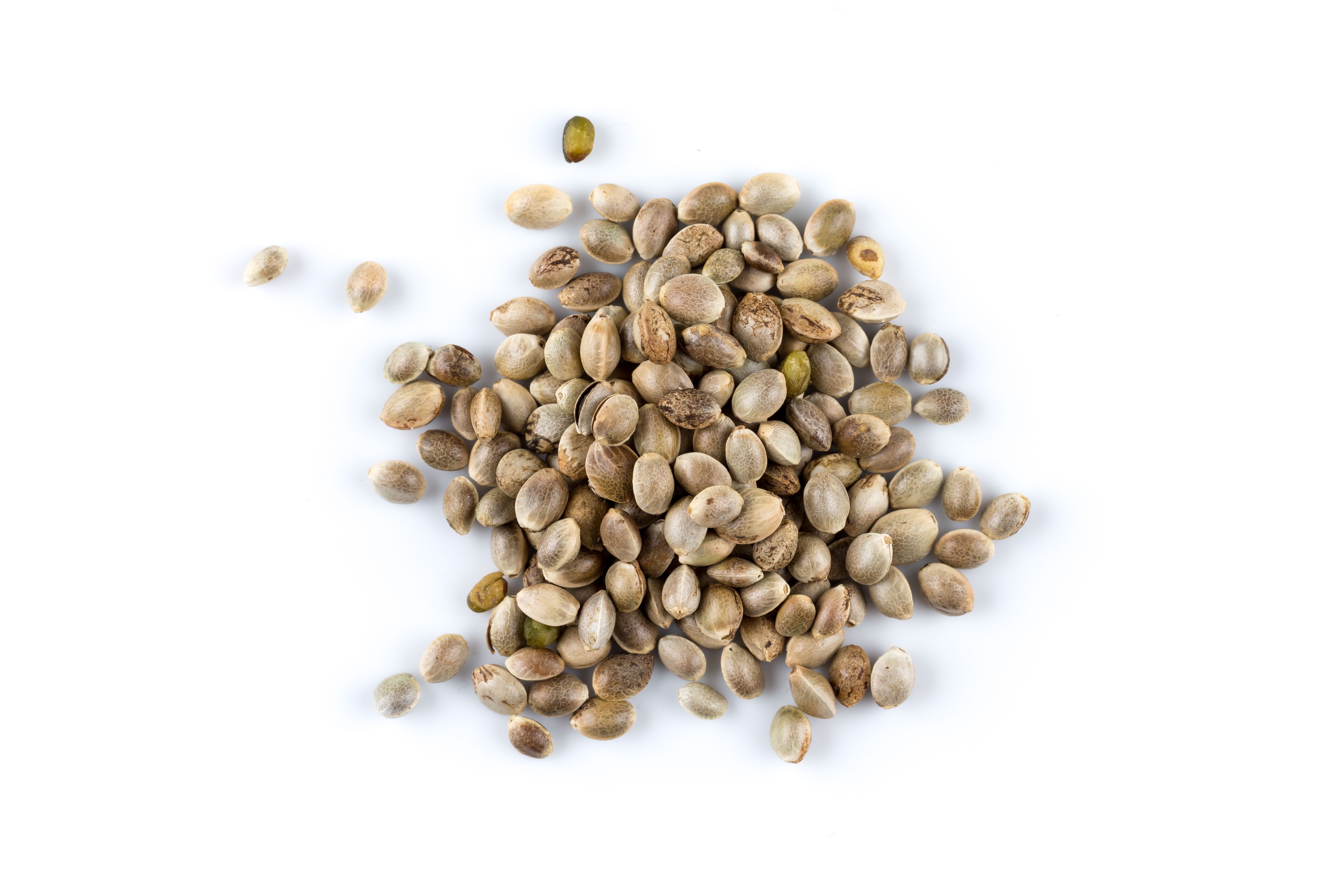

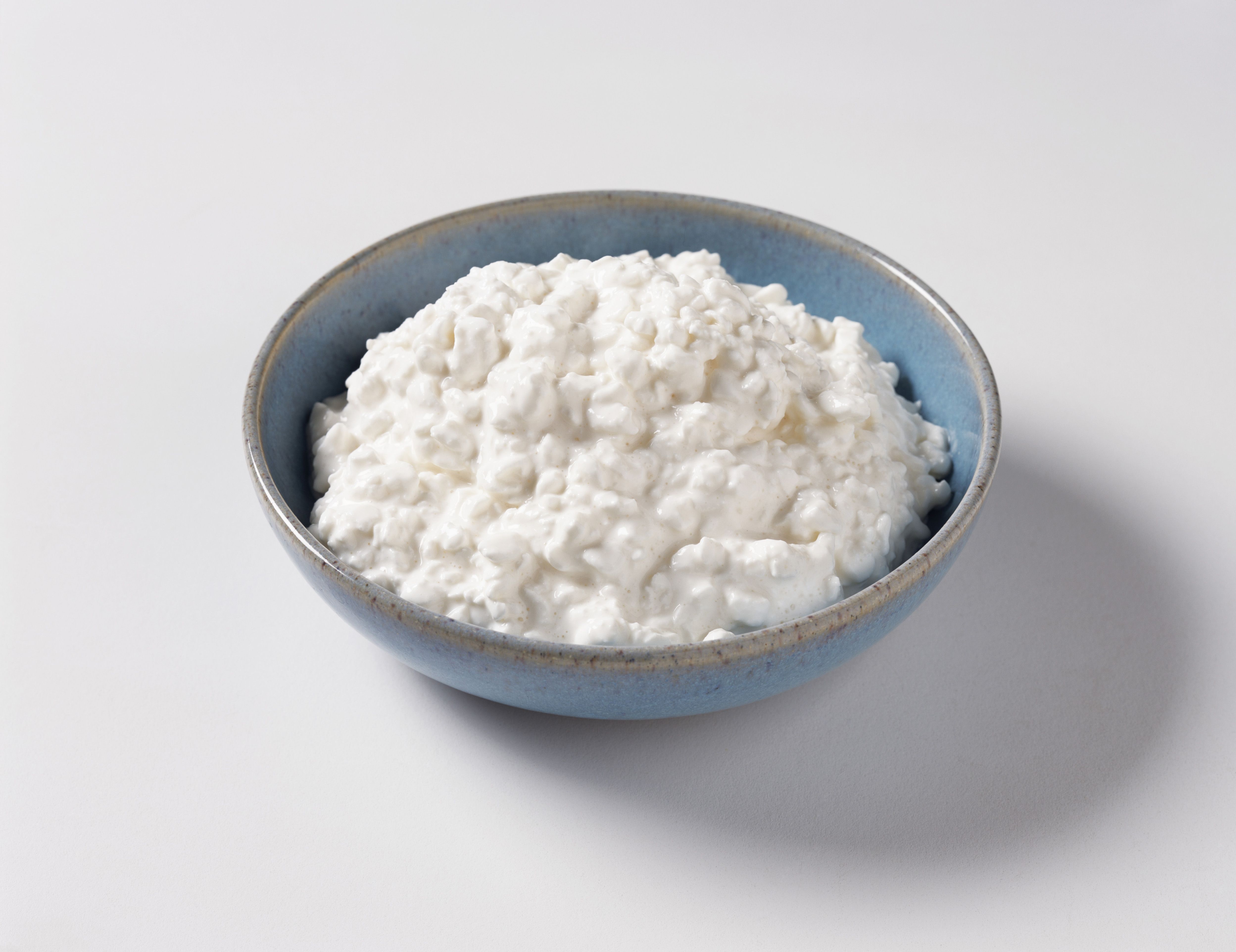
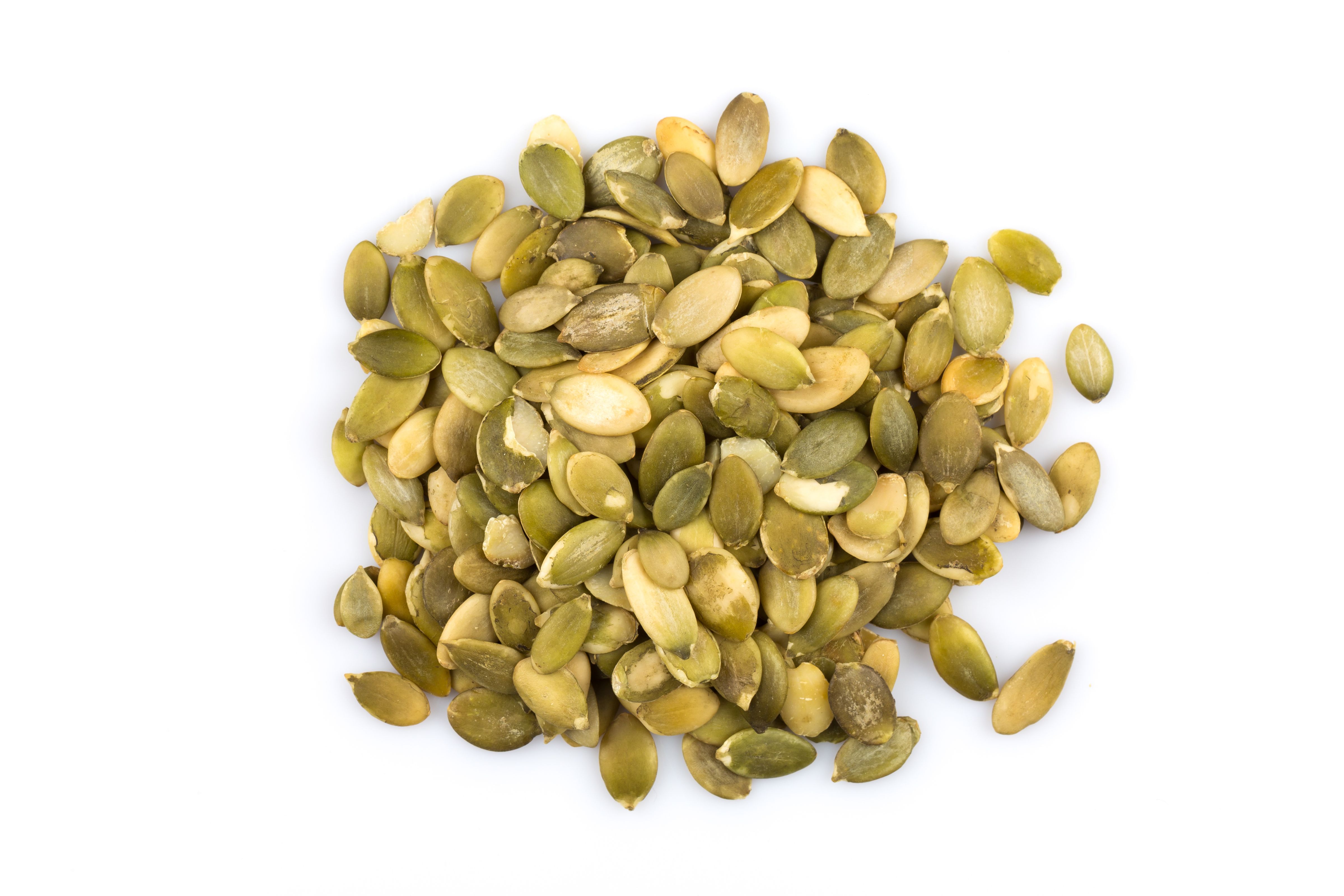
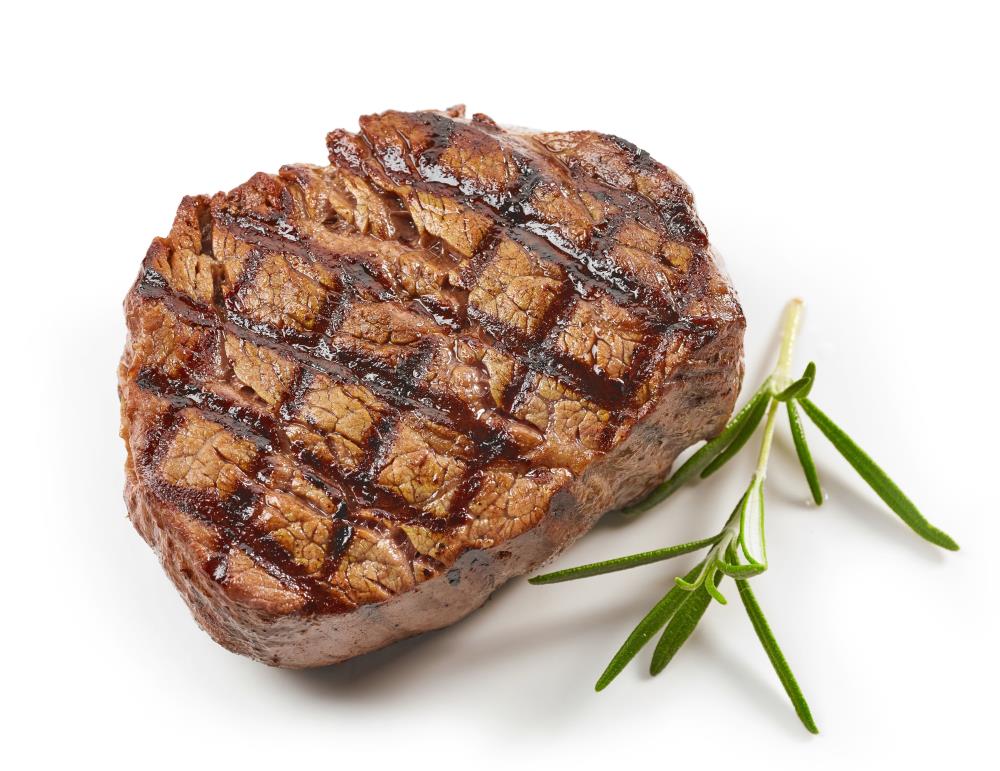

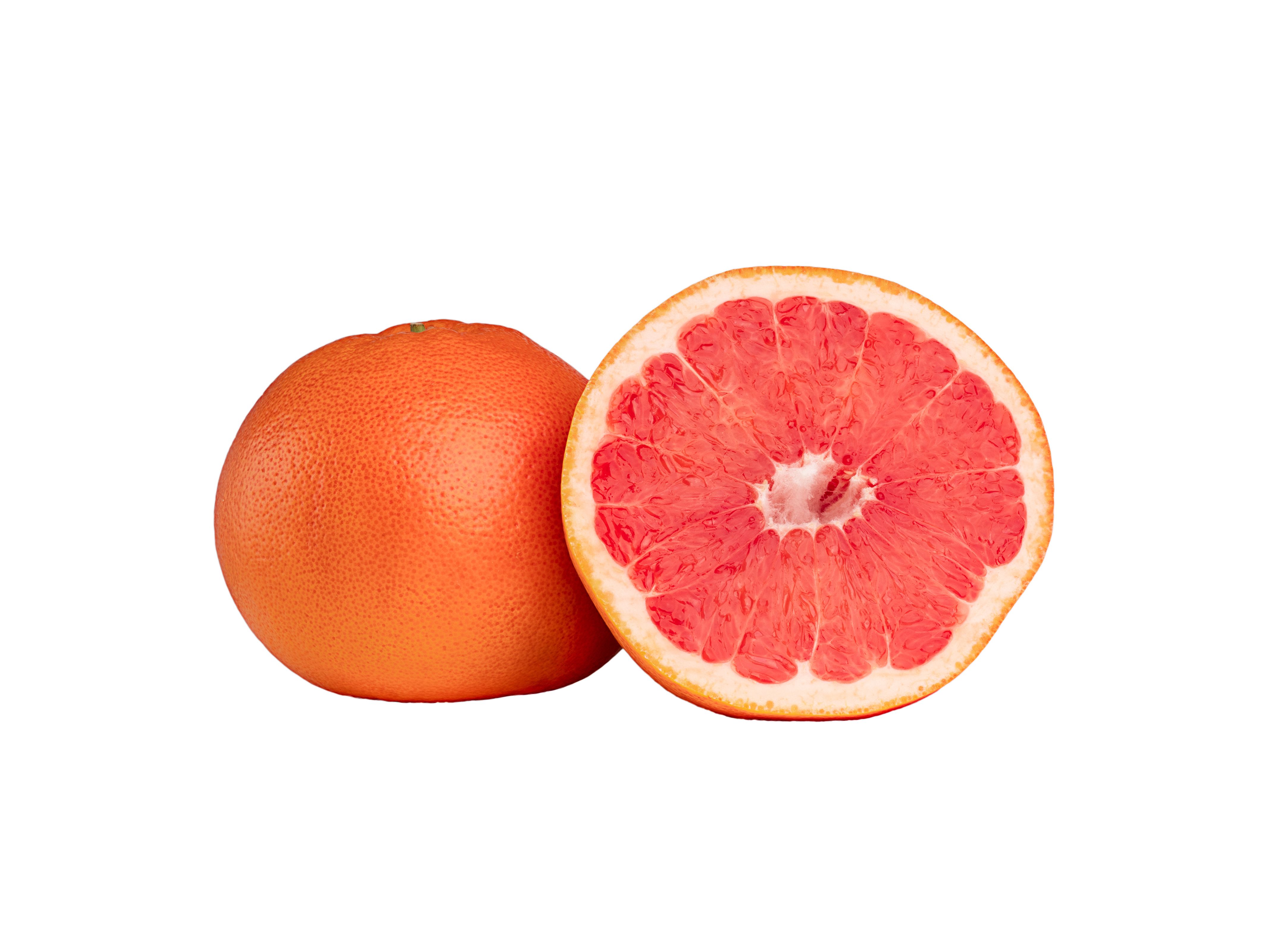
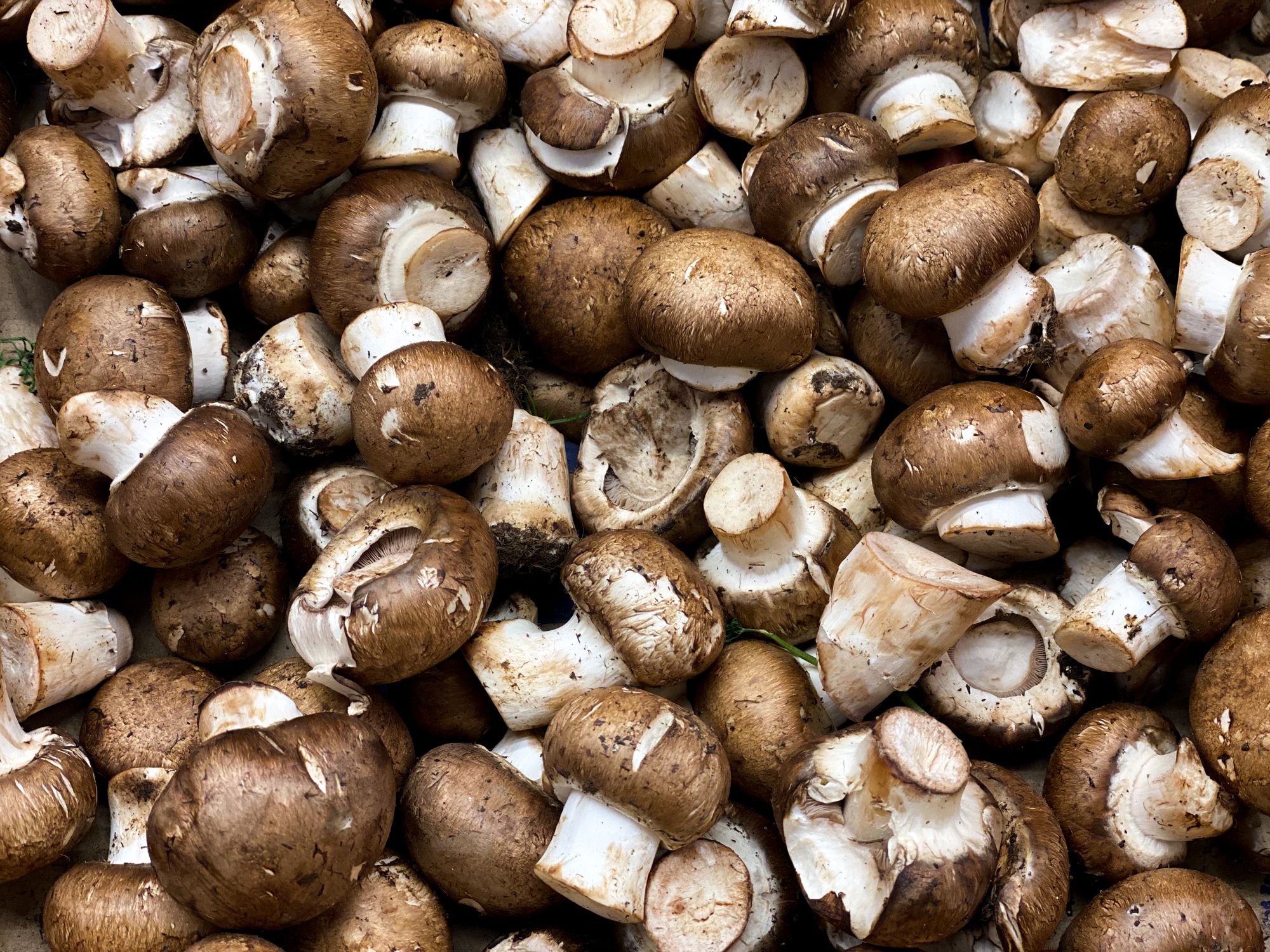
Yagi Studio ©Getty Images
1) Avocado
The protein in this fruit contains all nine essential amino acids, plus heart-healthy omega-3 fatty acids. It’s also been researched as a food that supports weight loss, and therefore metabolism.
Yagi Studio ©Getty Images
2) Milk
Whole milk is a great source of bone-building calcium in addition to providing about 8.8g of protein per cup depending on the brand, according to Dairy Australia.
Yagi Studio ©Getty Images
3) Cheese
Cheese can be a part of a healthy diet, as long as you don’t overindulge. A cup of cheddar has around 25g of protein. Pair it with an apple for a satisfying afternoon snack.
Yagi Studio ©Getty Images
4) Tempeh
It’s not always easy to get enough protein if you follow a plant-based diet, and tempeh is a great solution. Its nougat-like texture makes tempeh a smart stand-in for meat. Sauté, or crumble cooked tempeh over salads.
Yagi Studio ©Getty Images
5) Flaxseeds
Flaxseeds are soluble fibre that help the gut microbiome, Weir says, and therefore potentially support metabolism. They’re also a viable source of protein. Make them into a breakfast pudding with yoghurt, or sprinkle them into a smoothie or onto a salad.
Yagi Studio ©Getty Images
6) Beans
Beans are a plant-based protein, and many varieties, such as lima beans, are also a source of soluble fibre. As such, they slow the glycaemic response, or the rate at which sugar reaches the bloodstream, adds Weir, which may positively affect the metabolism. Pair black beans with rice or quinoa for a complete meal.
Yagi Studio ©Getty Images
7) Lentils
Nutritionist Marjorie Nolan Cohn reaches for prebiotic foods like lentils because they don’t break down in the GI tract. “This process creates beneficial fatty acids that can block the body’s ability to burn carbs, so it uses stored body fat and recently consumed fat as fuel instead,” she explains. Weir adds that lentils are also high in protein, which is why she recommends adding a spoonful to your next salad or casserole.
Yagi Studio ©Getty Images
8) Sweet potatoes
Sweet potatoes are a source of soluble fibre, says Weir, which aids metabolism by fueling the gut with diverse microbiota. According to the Nutrition Australia, one cup contains about 3.7g of fibre.
Yagi Studio ©Getty Images
9) Greek yogurt
Thick, creamy Greek yoghurt is an ideal way to start your day with a high-protein breakfast that's great with fruit and granola. As a fermented food, it also checks Weir’s box as a probiotic metabolism booster. “The probiotics convert fibre to byproducts called short chain fatty acids,” she explains, which are “the preferred food for our gut cells.” This helps digestion happen more efficiently and may then positively impact metabolism.
Yagi Studio ©Getty Images
10) Walnuts
One cup of chopped walnuts is the ideal on-the-go snack—it’s filling, it’s not messy, and it provides your body with nearly 18g of protein in just a few chomps.
Yagi Studio ©Getty Images
11) Kimchi
Kimchi is a fermented cabbage condiment traditional to Korea. It's chock full of probiotics, which, like those in yoghurt, contribute to an optimally-functioning gut and therefore, metabolism, says Weir.
Yagi Studio ©Getty Images
12) Edamame
A single serving offers nearly every trace mineral your body needs, including protein, iron, magnesium and zinc.
Yagi Studio ©Getty Images
14) Spinach
Of all the leafy greens, spinach boasts the highest protein content at almost 3g per 100 raw grams. Weir adds that it’s also a good way to get your iron in, but suggests pairing it (and other vegetable iron sources) with vitamin C-rich foods such as orange juice, “which can help increase iron bioavailability, or absorption.”
Yagi Studio ©Getty Images
15) Tofu
Made from soybeans, this low-kilojoule, versatile protein will take on any flavour you season it with, from sweet to salty to spicy. It packs 8g of protein per 100g, and is a decent source of fibre, too.
Yagi Studio ©Getty Images
16) Salmon
Whether it’s salmon, halibut or tuna, seafood is a great catch, says Weiler, because it’s high in protein. In fact, just one half of a cooked salmon fillet boasts 39.9g.
Yagi Studio ©Getty Images
17) Quinoa
Quinoa and other grains like amaranth and buckwheat offer more protein than your typical side of rice. Weir adds that quinoa, in particular, offers an iron boost as well.
Yagi Studio ©Getty Images
18) Cayenne pepper
“The compound capsaicin that's in cayenne pepper can temporarily increase metabolism and promote fat burning,” says LeMoine. Research supports this claim: One 2018 study published in BMC Obesity found that participants who took supplemental cayenne compared to a placebo saw a decrease in body fat percentage after 12 weeks.
Yagi Studio ©Getty Images
19) Chickpeas
Another plant-based protein option: Roast them as a snack, throw them on a salad, or toss them in the food processor to make homemade hummus.
Yagi Studio ©Getty Images
20) Coffee
The caffeine in coffee and tea can help stimulate energy expenditure and jumpstart the fat-burning process, also called lipolysis—leading to increased metabolism, Weir explains.
Yagi Studio ©Getty Images
21) Eggs
However you prepare them, eggs and egg whites are smart fuel for muscles. A large hard-boiled egg contains 6.3g of protein.
Yagi Studio ©Getty Images
22) Chicken breast
A family favourite that can easily be paired with any side or salad, a roasted half-breast scores a whopping 26.7g of protein with minimal fuss.
Yagi Studio ©Getty Images
23) Hemp seeds
Sprinkle protein-packed hemp seeds on cereal, smoothies, or on top of salads for an added crunch. Just three tablespoons deliver 9.48g of protein, reports the USDA.
Yagi Studio ©Getty Images
24) Oats
“Oats are a whole grain rich in fibre, which can support digestion and help maintain stable blood sugar levels,” says LeMoine, which supports a healthy metabolism.
Yagi Studio ©Getty Images
25) Cottage cheese
Weir recommends cottage cheese mixed with berries or pineapple as a high-protein breakfast or snack option. Word of warning: Cottage cheese can be high in sodium, so read labels carefully.
Yagi Studio ©Getty Images
26) Pumpkin seeds
Pumpkin seeds are rich in magnesium and iron, and one cup contains 13.7g of protein.
Yagi Studio ©Getty Images
27) Beef
As most of us know, beef is a good go-to for protein. However, we suggest limiting yourself to one or two servings a week - it’s high in saturated fat, which may have a negative impact on heart health
Yagi Studio ©Getty Images
28) Ginger
“Adding ginger to your diet may help boost metabolism and improve digestion, leading to increased calorie burning,” says LeMoine. Blend it into a smoothie or green juice, or mince it to season a stir fry.
Yagi Studio ©Getty Images
29) Grapefruit
“Eating grapefruit is often associated with weight loss due to its fibre content and potential impact on insulin levels,” says LeMoine. Insulin is a hormone that is closely interlinked with metabolism —according to the National Library of Medicine, suboptimal levels can inhibit the fat-burning process.
Yagi Studio ©Getty Images
31) Mushrooms
Certain mushroom varieties, like shiitake and oyster mushrooms, “may have metabolism-boosting properties,” says LeMoine. There is some belief that this may be due to their anti-inflammatory nature, but research is limited.








